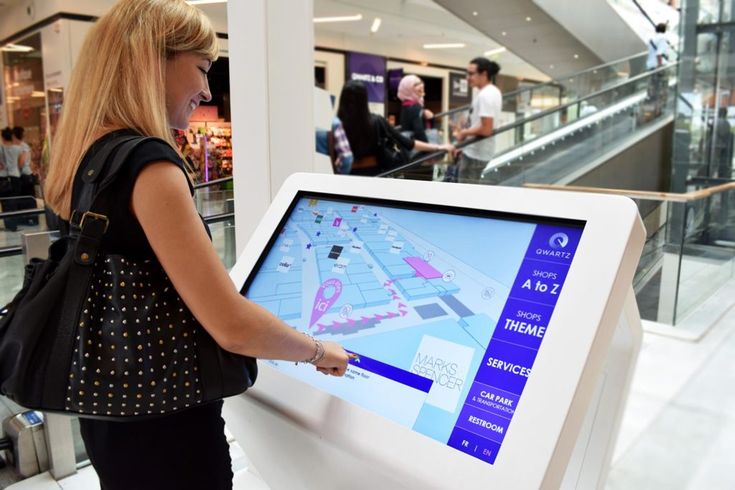
Embracing Technology for Effective Wayfinding Signage
In today’s fast-paced world, efficient navigation is key to ensuring a seamless visitor experience. Effective wayfinding signage is no longer just about static signs pointing in the right direction. It has evolved into a dynamic, technology-driven field that leverages innovation to guide people with precision and ease.
The Transformation of Wayfinding
Traditionally, wayfinding signage relied on static signs and printed maps. While these served a purpose, they had limitations. Visitors often found them confusing, especially in complex environments like airports, hospitals, or large shopping malls.
The Digital Leap
Today, technology has revolutionized the way we navigate these spaces. The integration of digital solutions into wayfinding signage has transformed the visitor experience.
1. Interactive Maps: Touchscreen kiosks and mobile apps have become commonplace. These tools allow users to interact with maps, finding directions tailored to their needs. They provide a level of interactivity and customization that static signs can’t match.
2. Augmented Reality (AR): AR wayfinding apps have taken navigation to the next level. By superimposing digital information onto the real world through a smartphone’s camera, users receive intuitive, real-time guidance. For instance, you can point your smartphone down a corridor, and arrows will appear, directing you to your destination.
3. Bluetooth Beacons: Bluetooth beacons have gained popularity for indoor navigation. These small devices transmit signals that users’ smartphones can pick up. By triangulating these signals, indoor mapping systems can determine a user’s location with remarkable precision. This enables hyper-localized guidance, such as finding the nearest restroom in a shopping mall.
The User-Centric Approach
These technological advancements aren’t just about flashy gadgets; they’re about improving the user experience.
1. Personalization: Technology allows for highly personalized wayfinding. Users can input preferences, like “elevator-only routes” for those with mobility challenges or “family-friendly paths” for parents with strollers.
2. Accessibility: Digital solutions enhance accessibility for all visitors, including those with disabilities. Text-to-speech functions on mobile apps can assist the visually impaired, and indoor mapping can offer step-free routes for wheelchair users.
3. Real-time Updates: Traditional signs become outdated quickly. Digital wayfinding systems can be updated in real time, reflecting changes in the environment, such as closed-off areas or new store openings.
The Future of Wayfinding
As technology continues to advance, so does the potential for wayfinding signage. Artificial intelligence (AI), machine learning, and data analytics are already being harnessed to make wayfinding even more intelligent and responsive to user needs.
In the intricate dance of human navigation, technology has become the lead partner. Embracing digital solutions for wayfinding signage is not just a trend; it’s a necessity in a world where people expect seamless, intuitive navigation experiences. By doing so, we’re not just improving signage; we’re enhancing the way visitors interact with and experience physical spaces. The future of wayfinding is exciting, and it’s undoubtedly digital. So, the next time you effortlessly find your way through a sprawling airport or a labyrinthine shopping center, remember that technology is your guiding star.
Other news
Contact us
We are always open for new projects and ready to collaborate.



